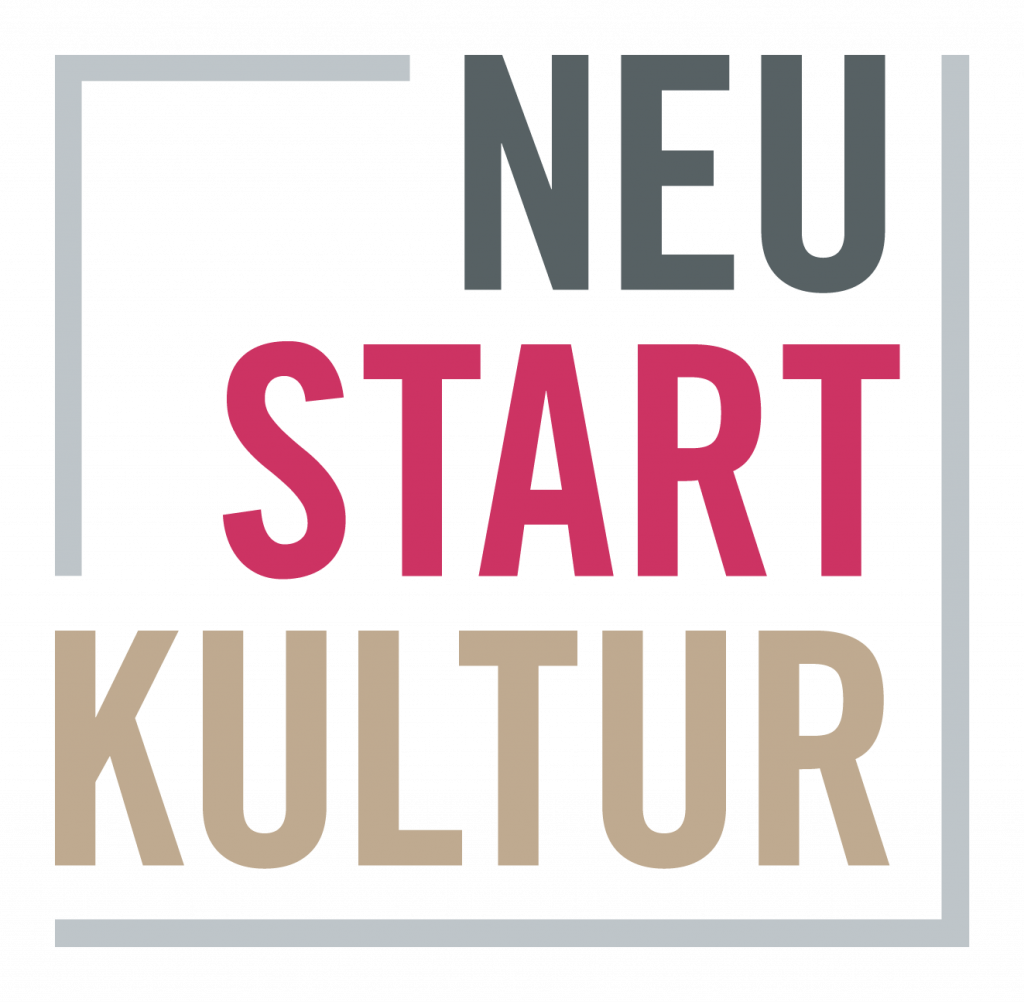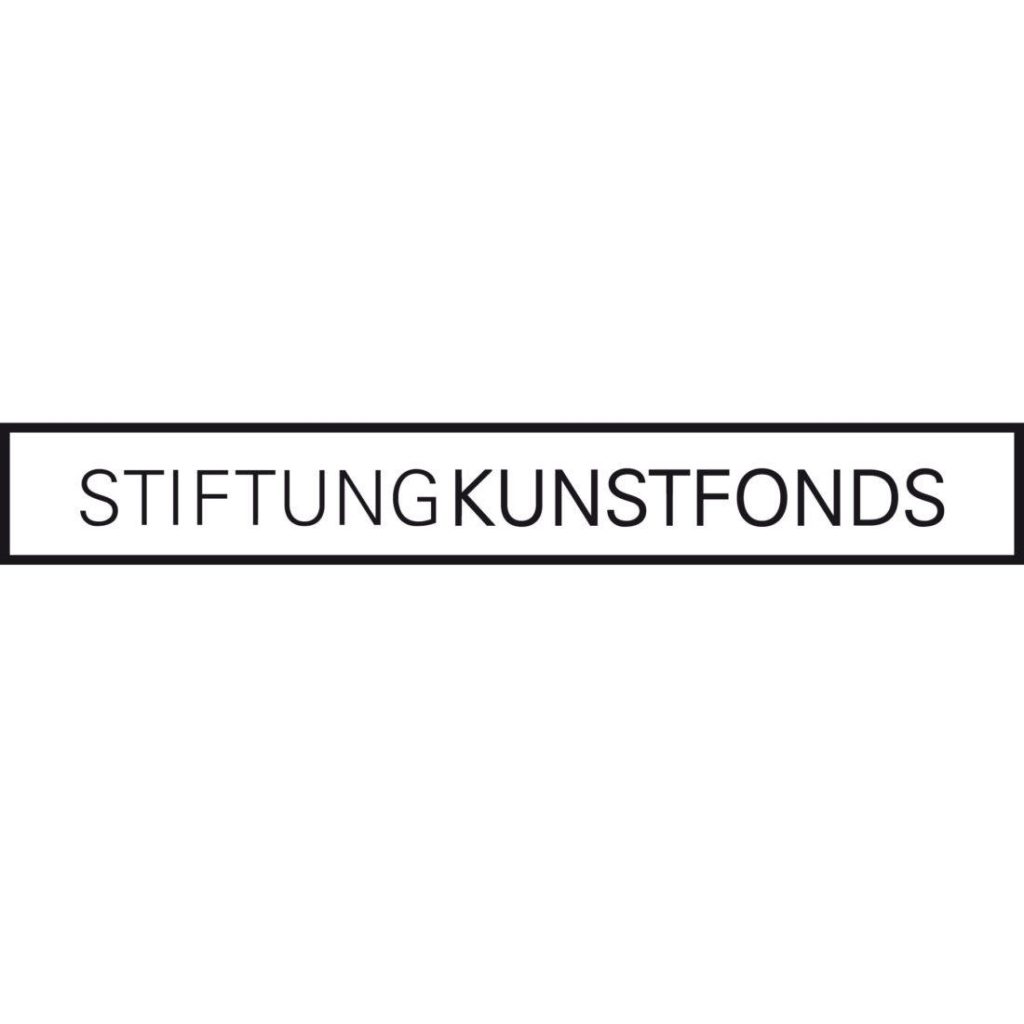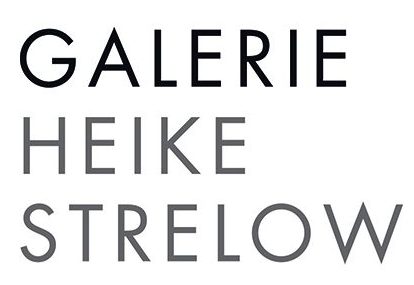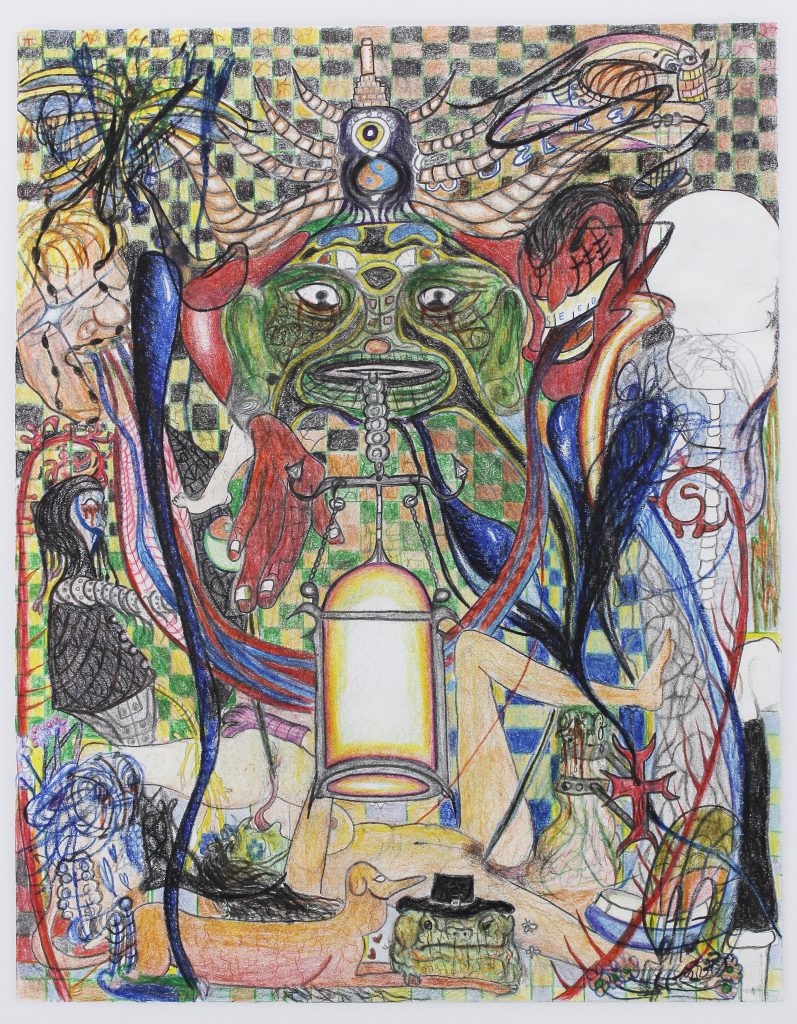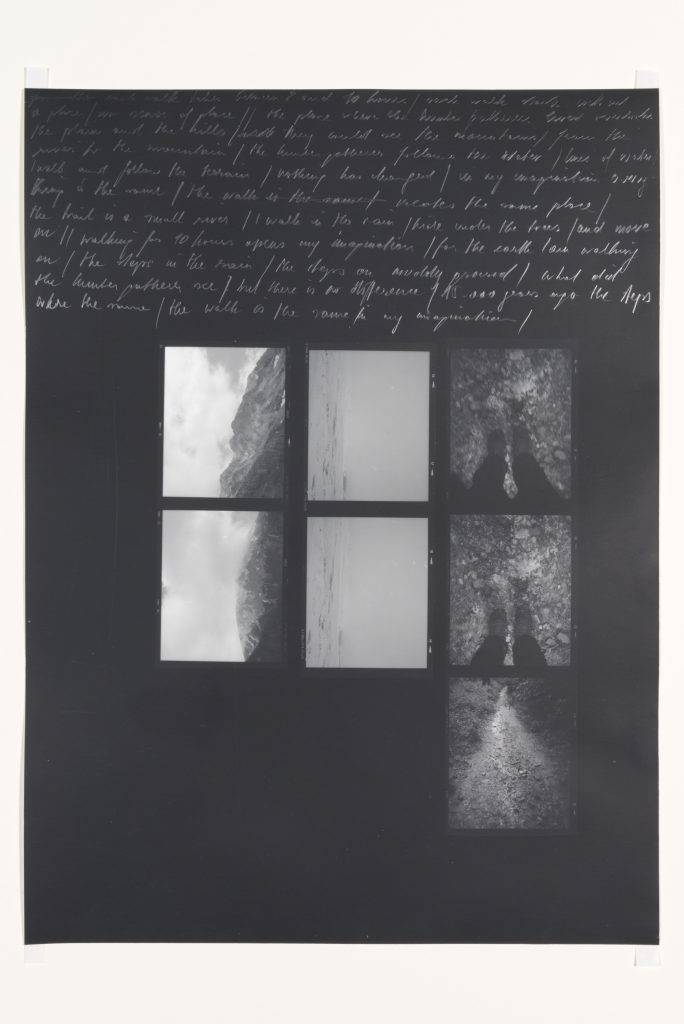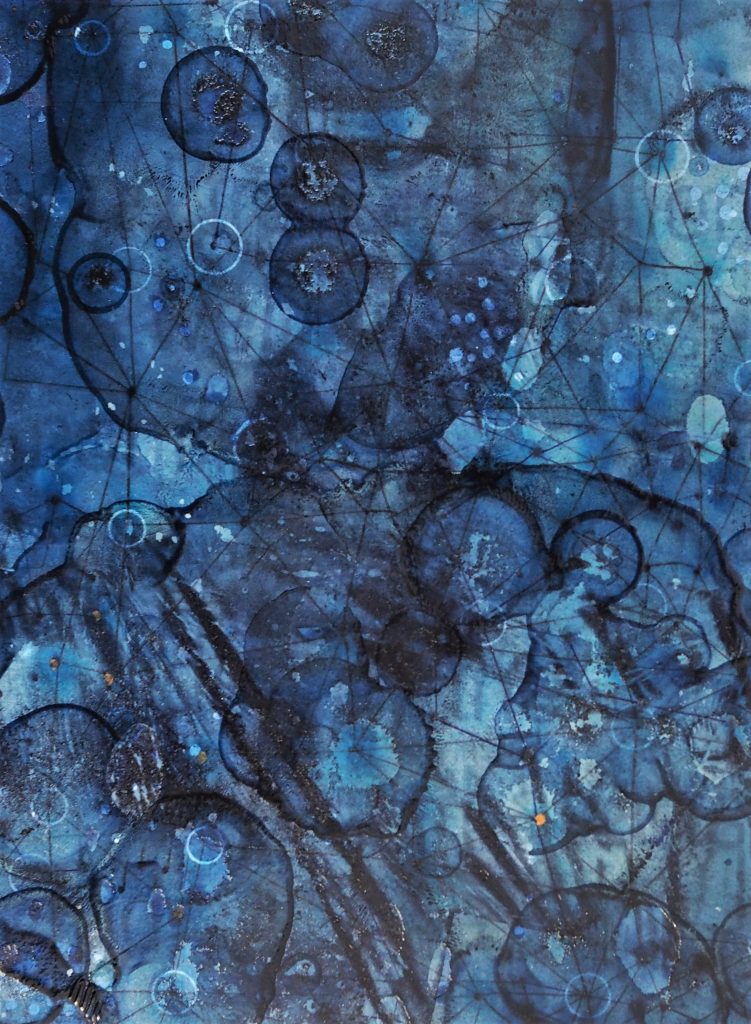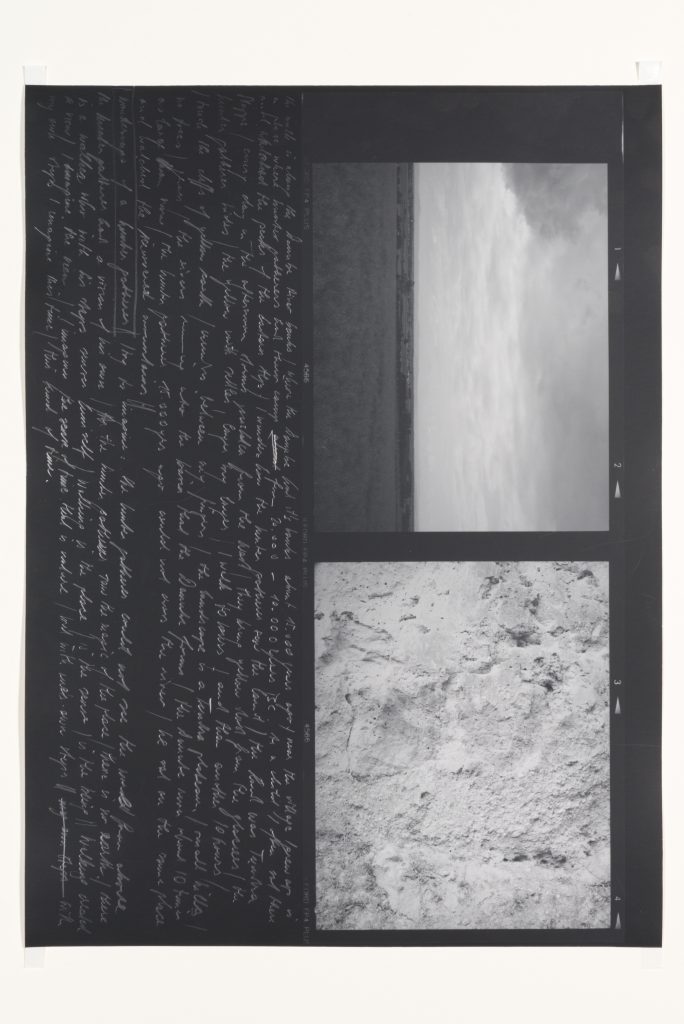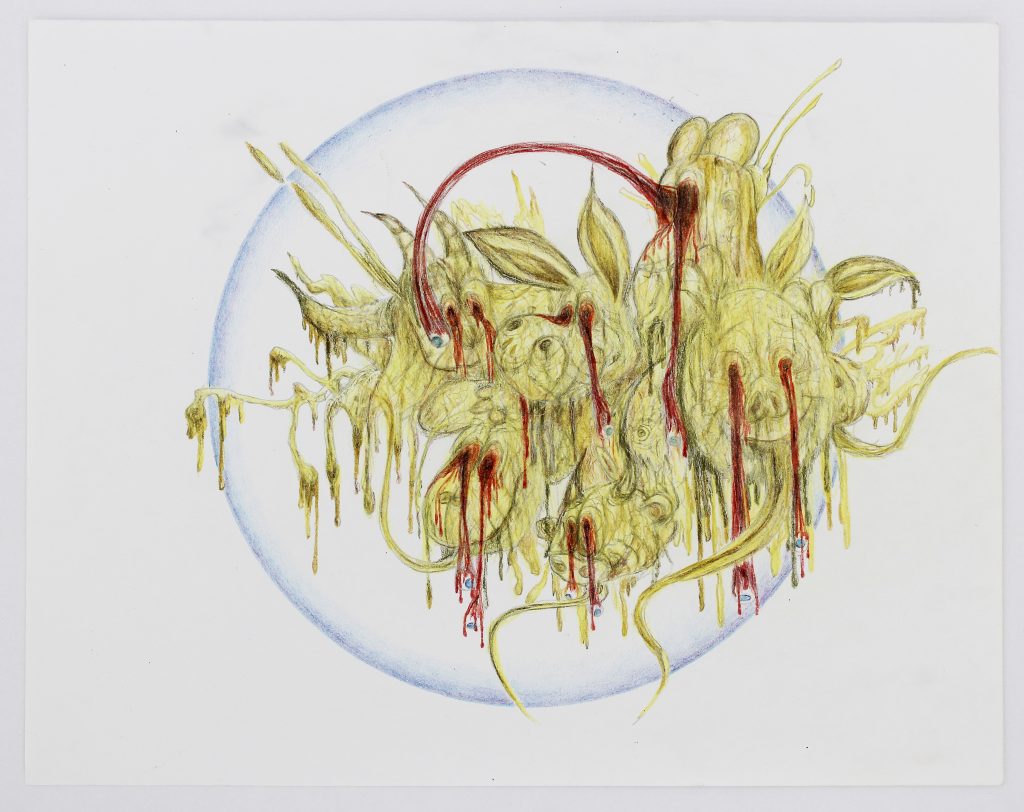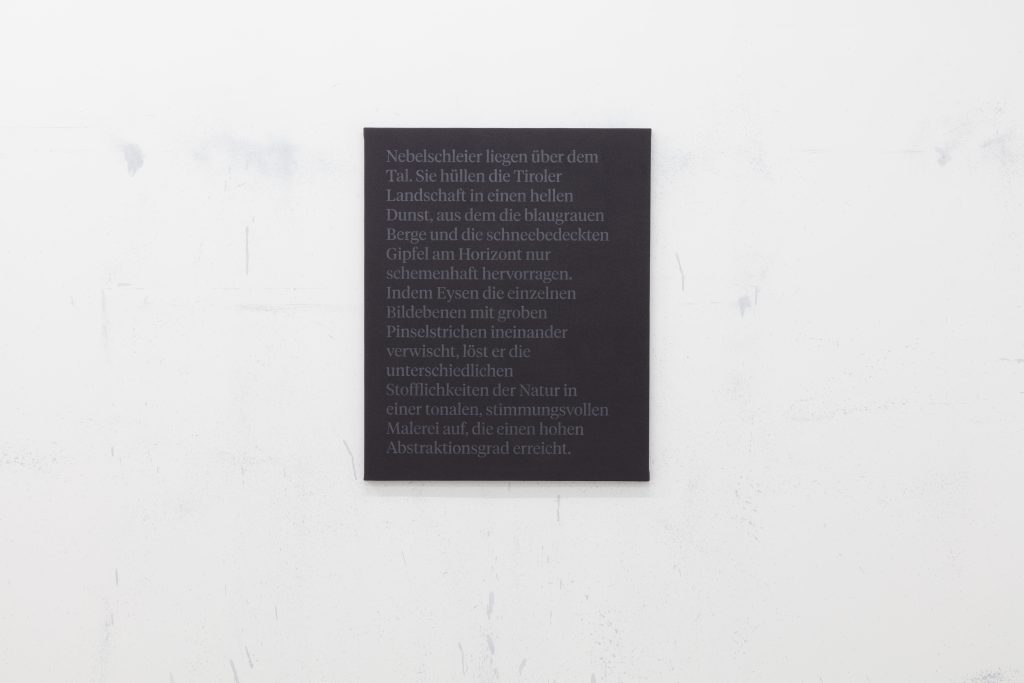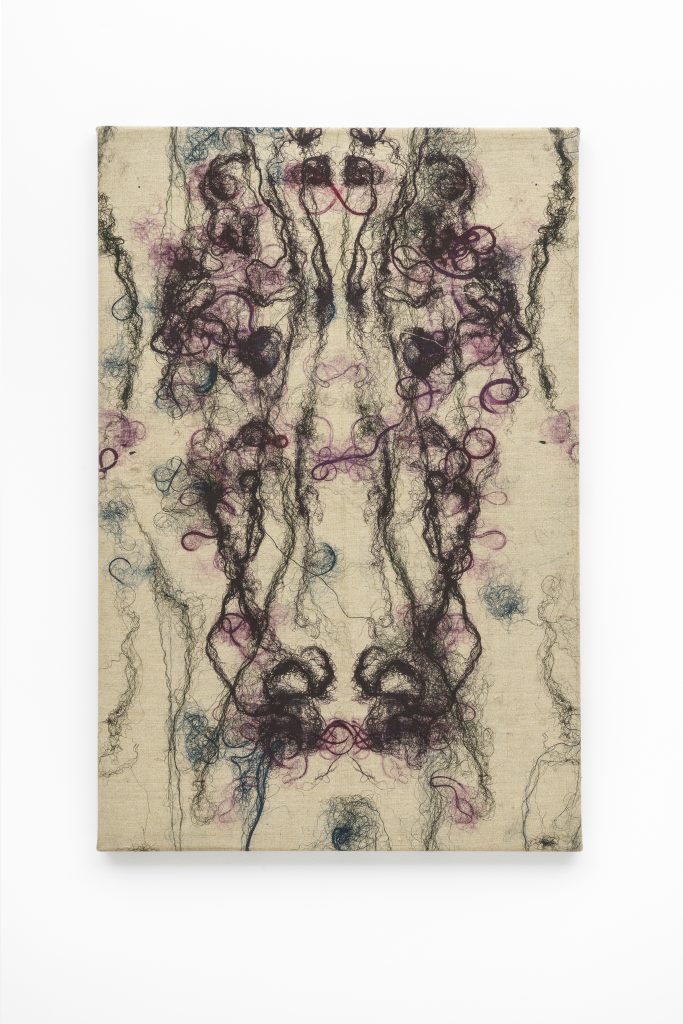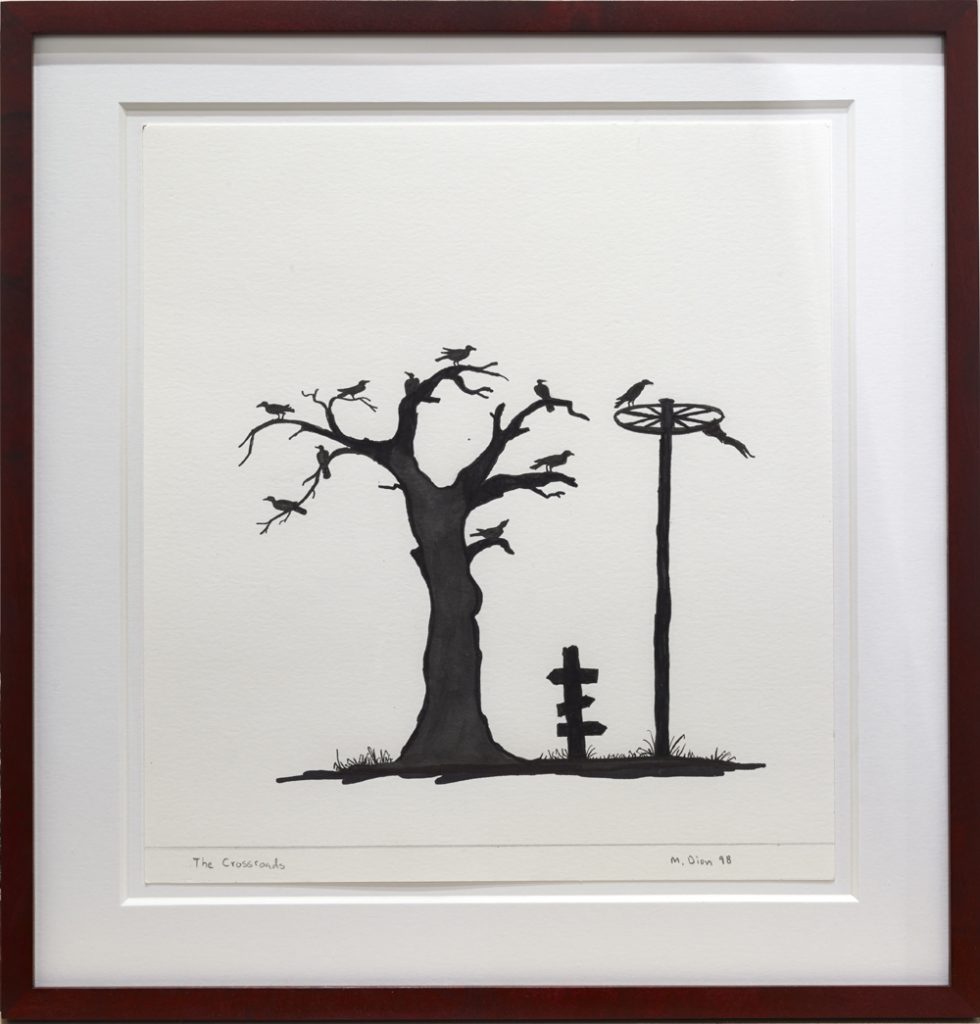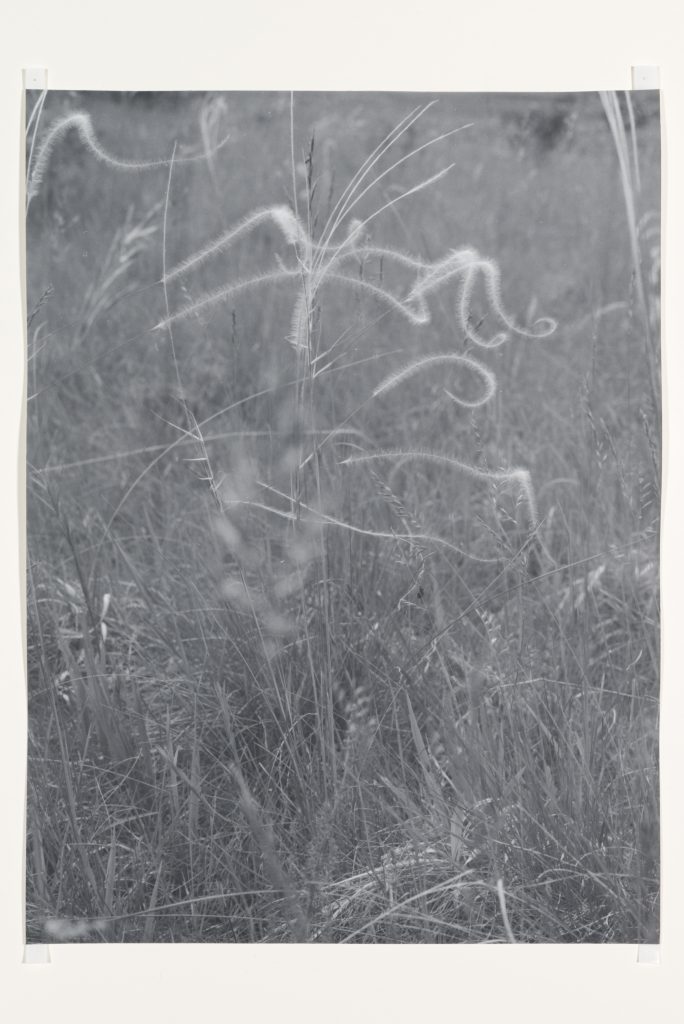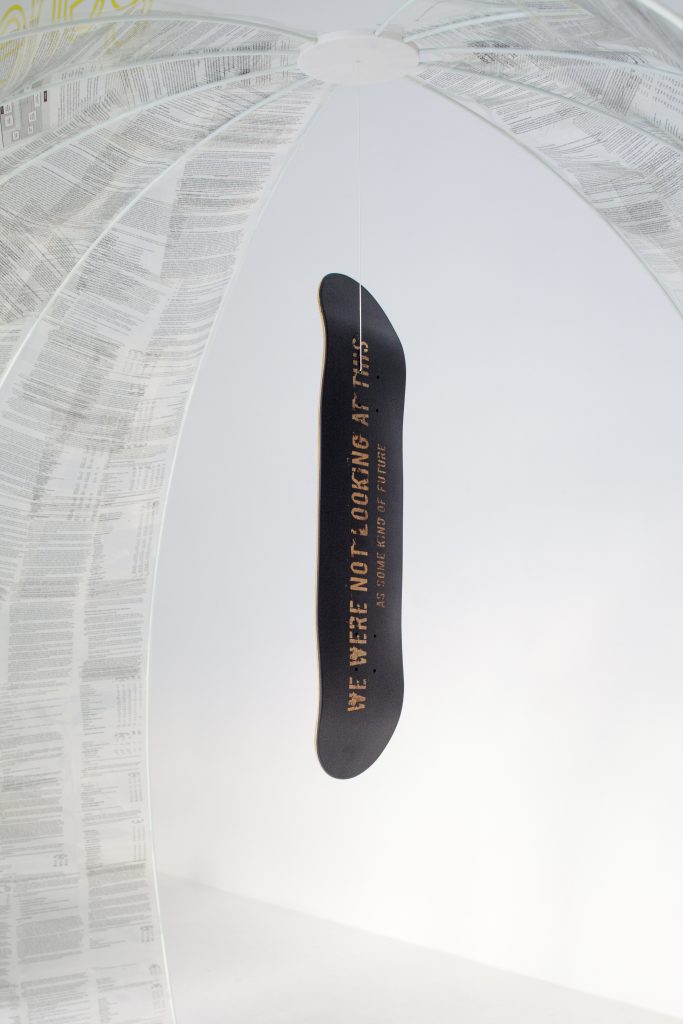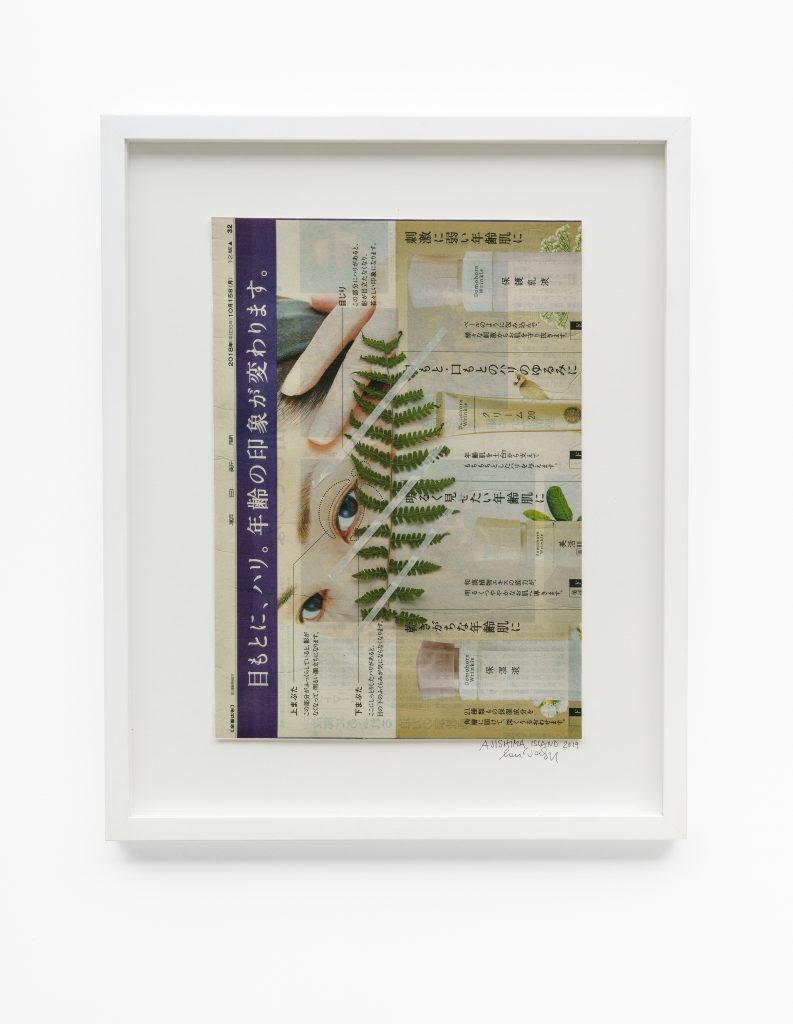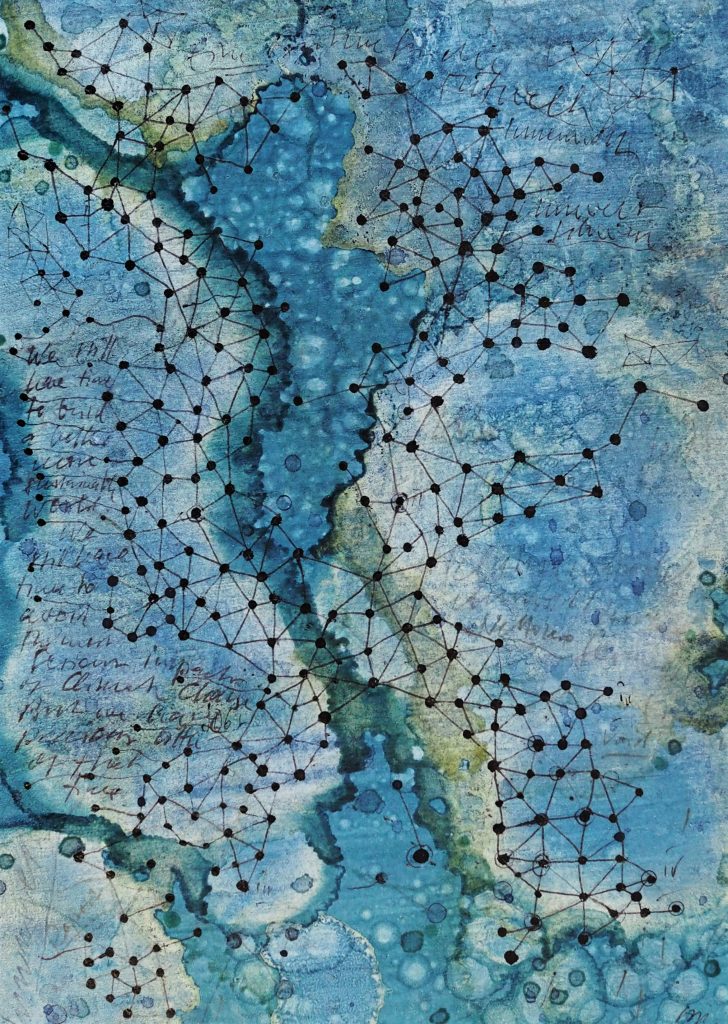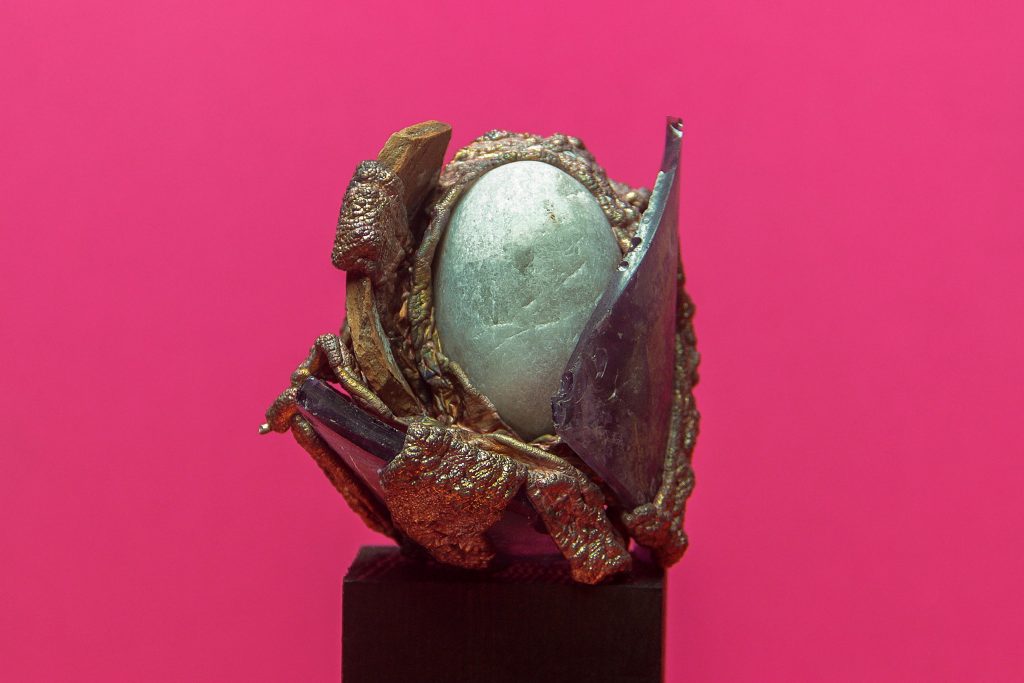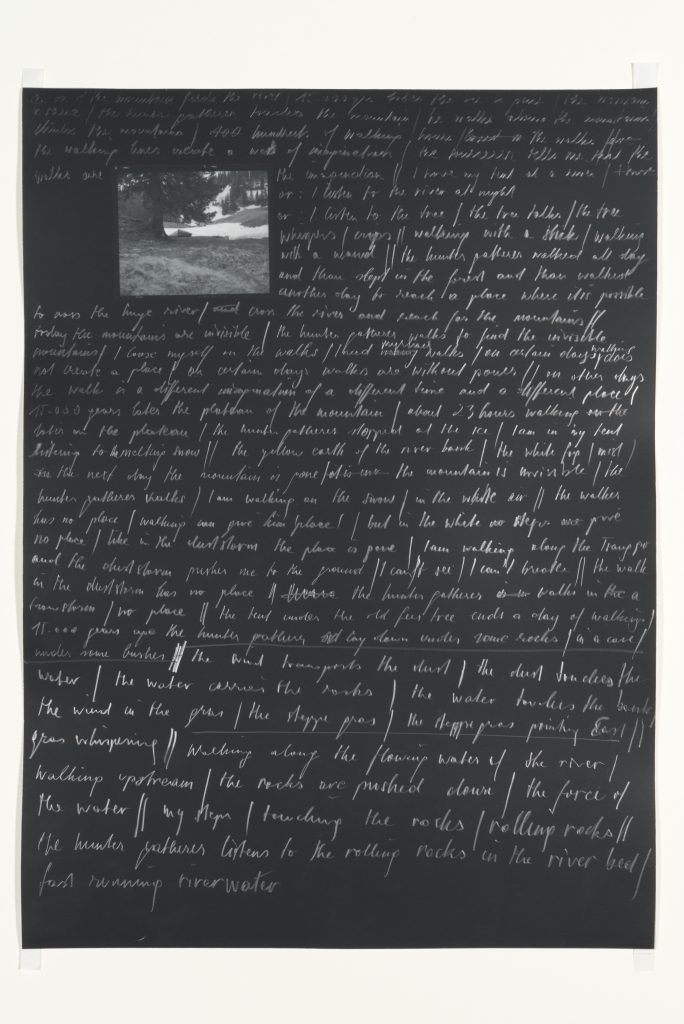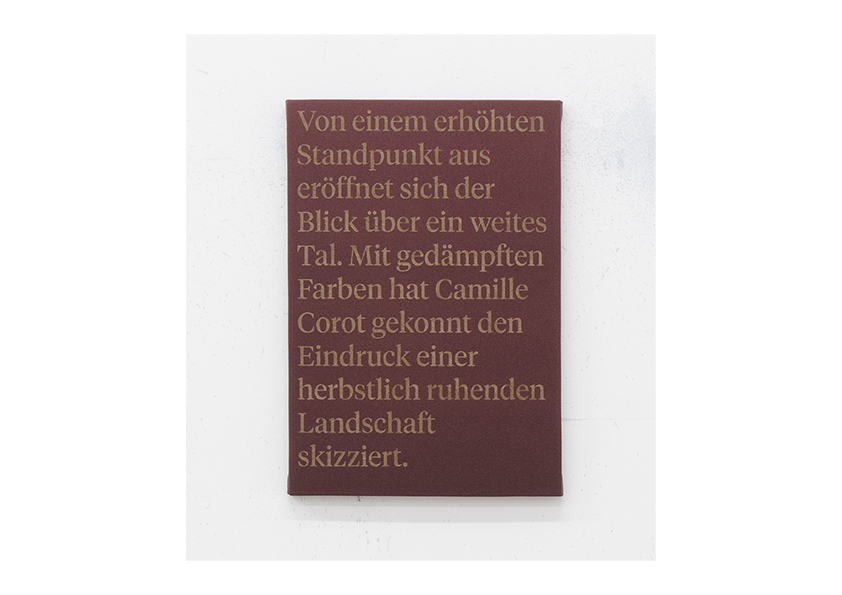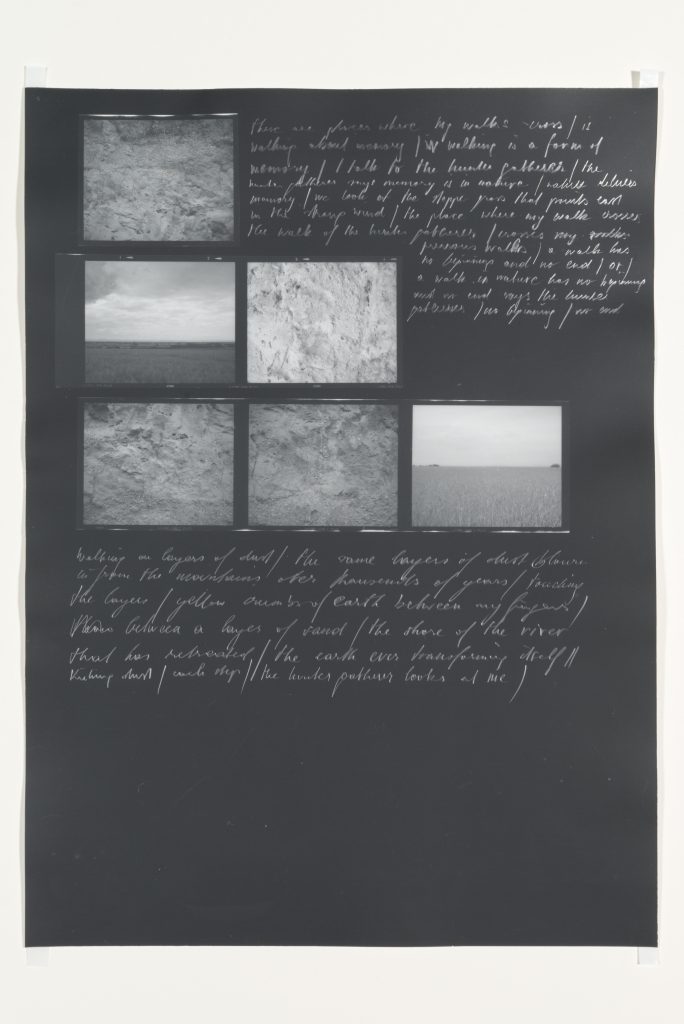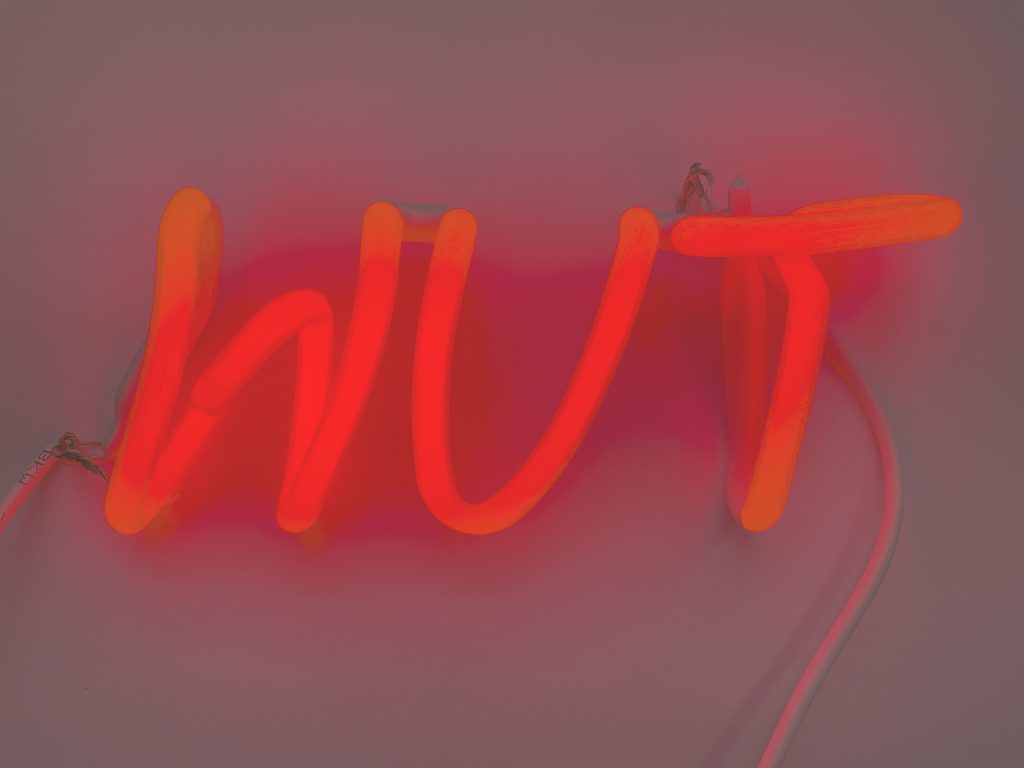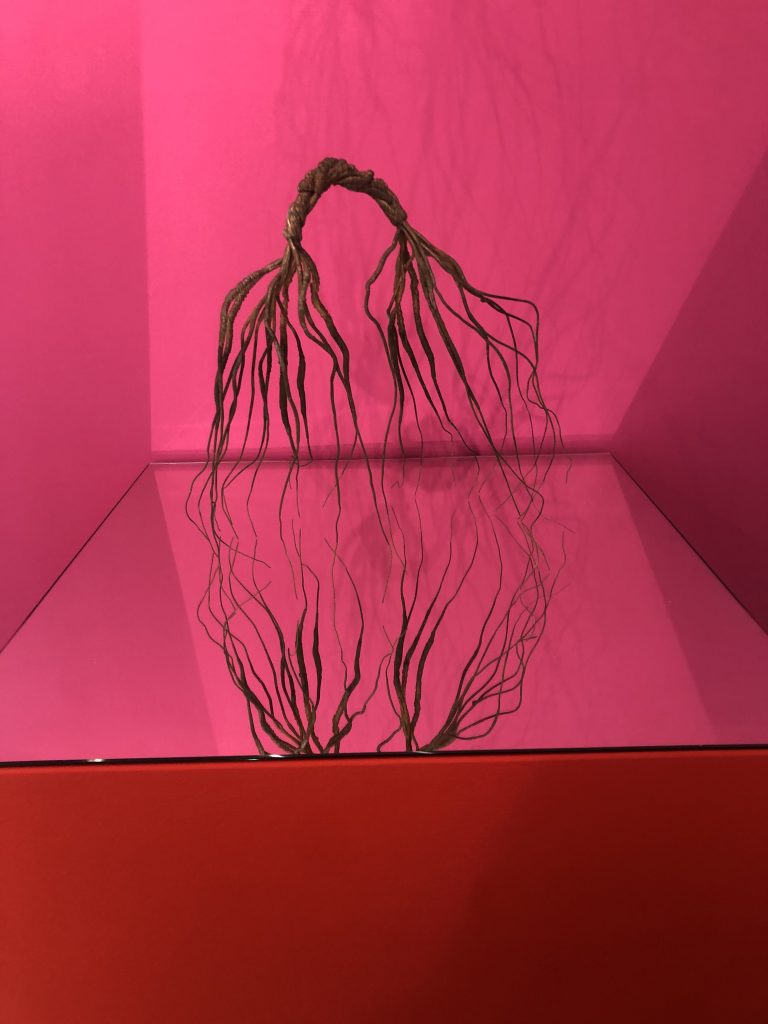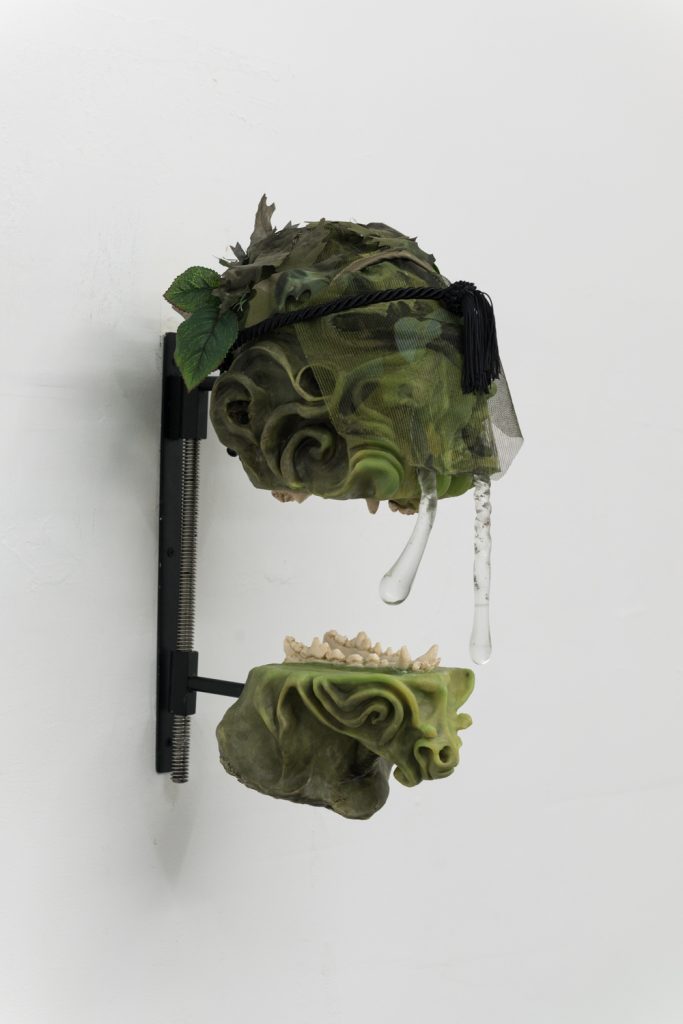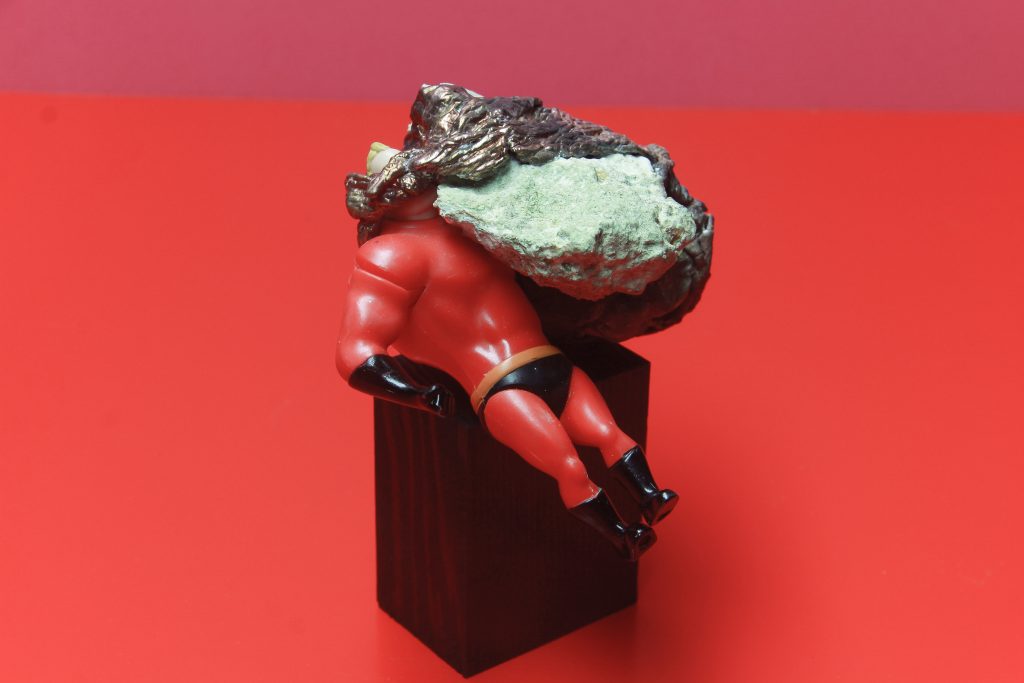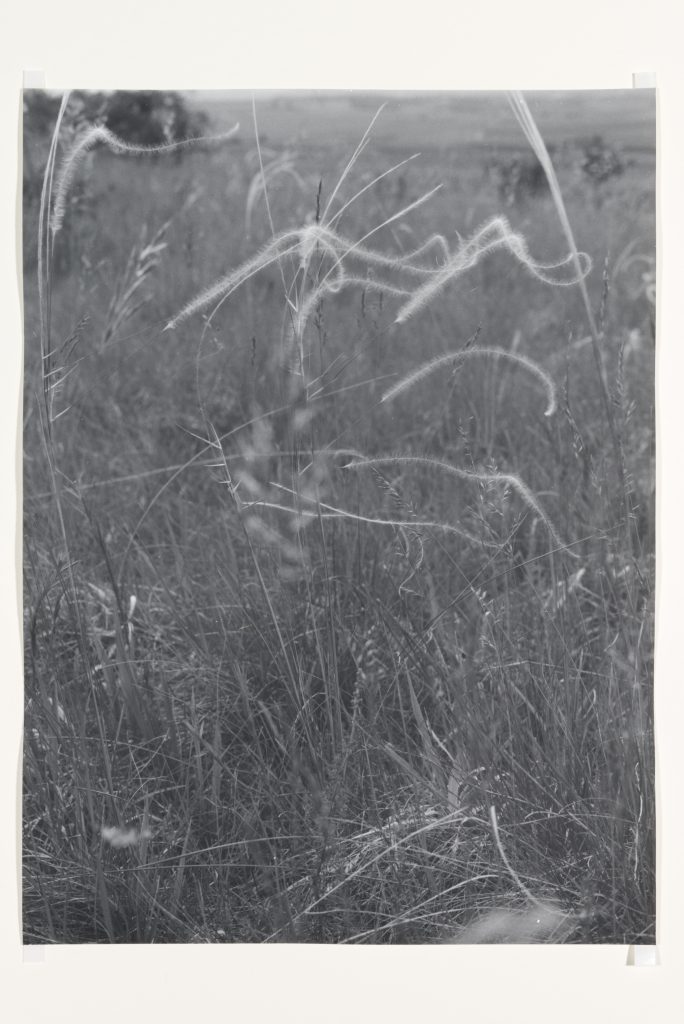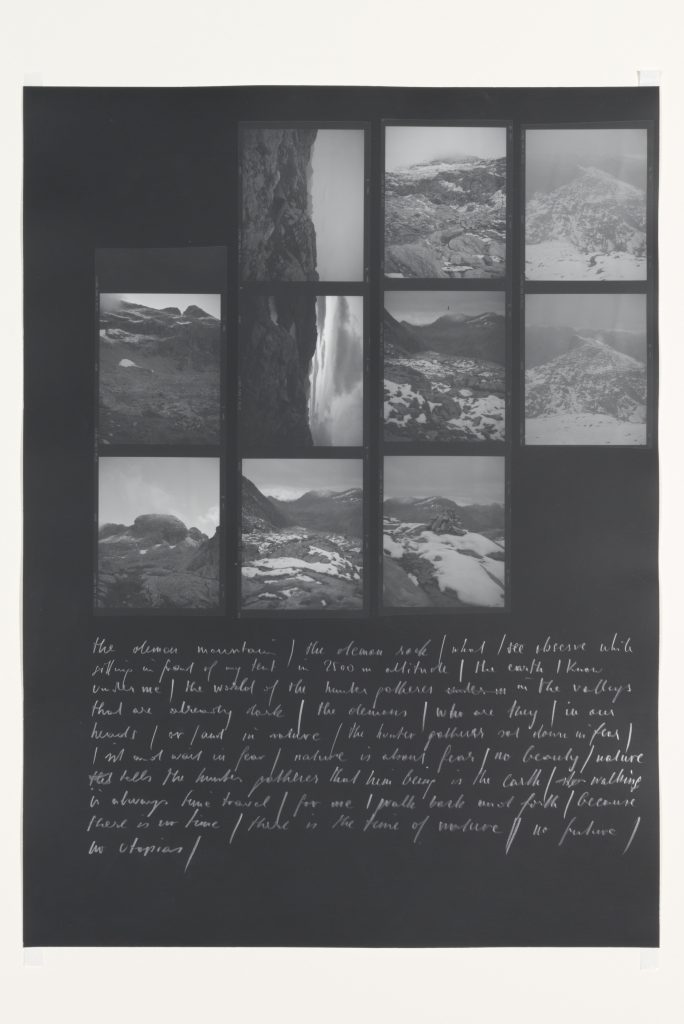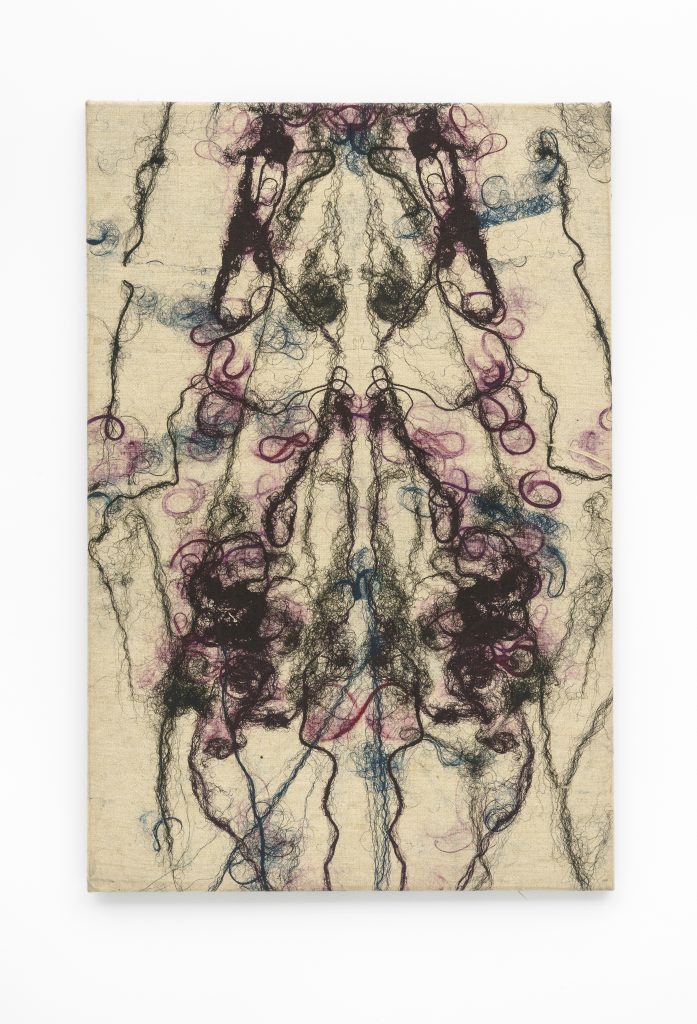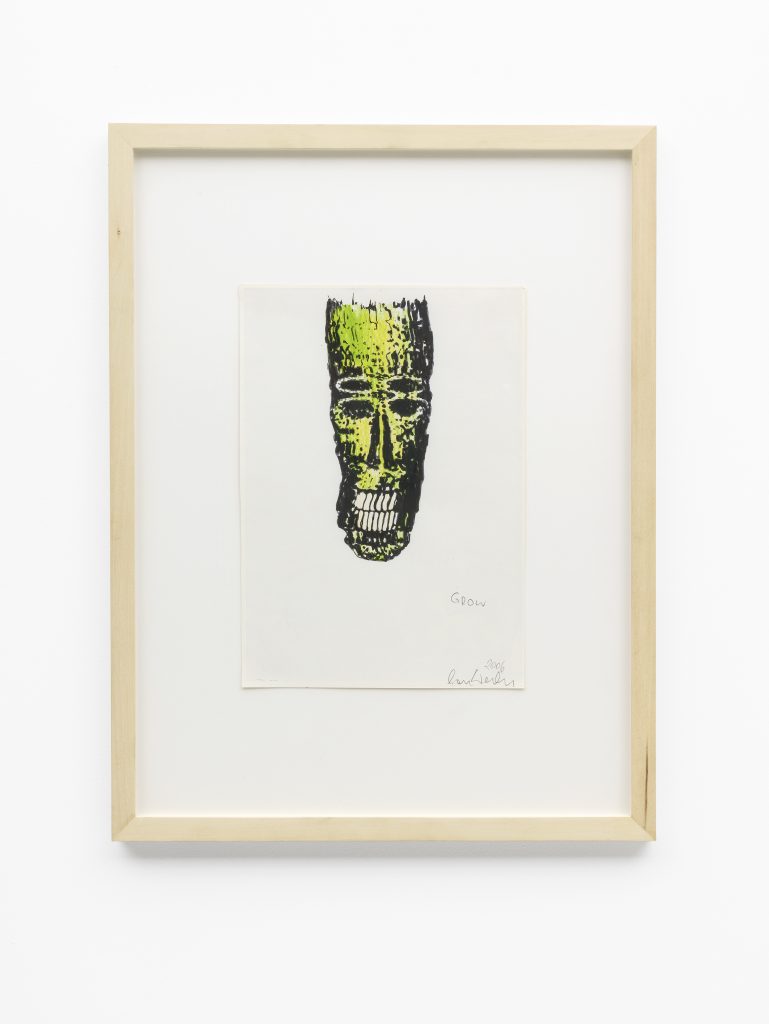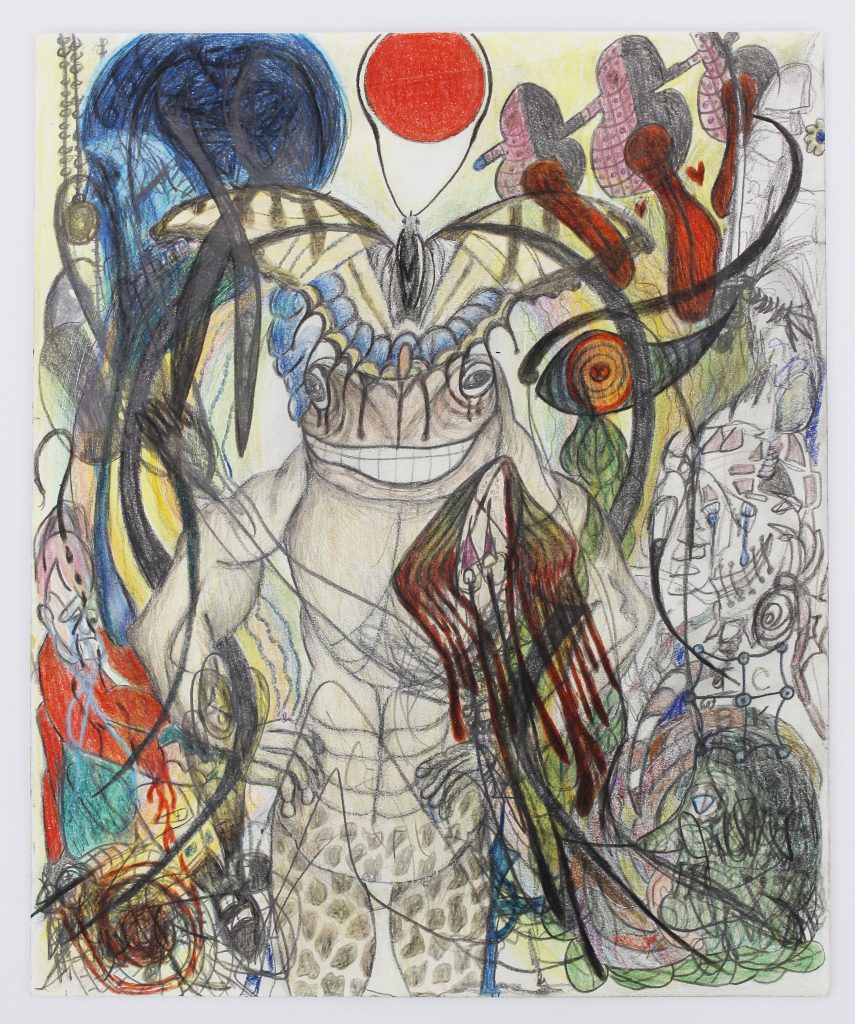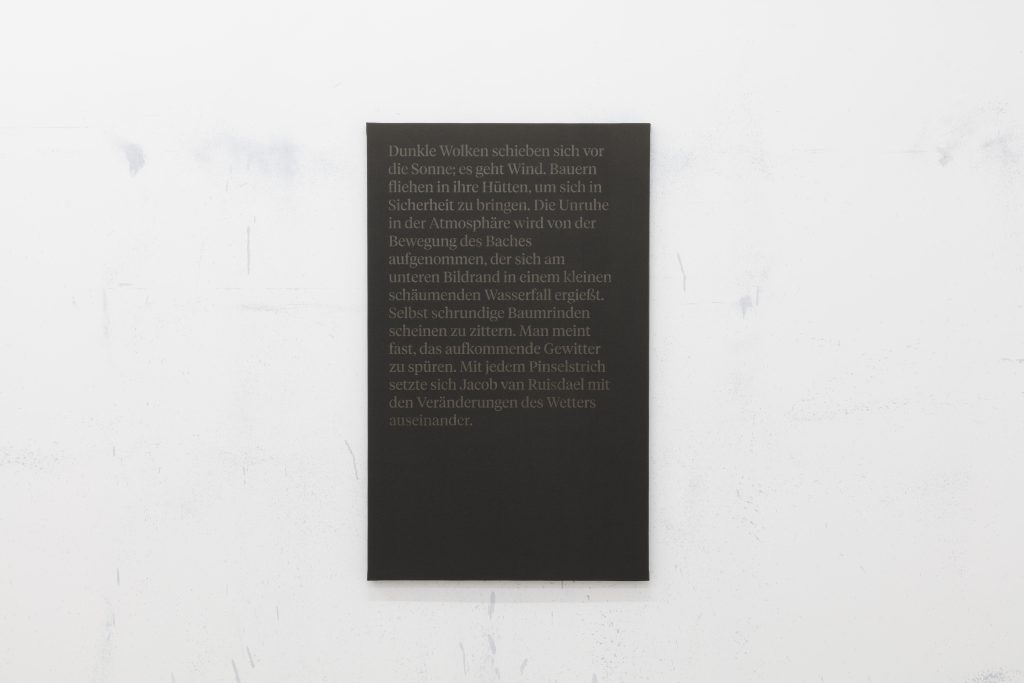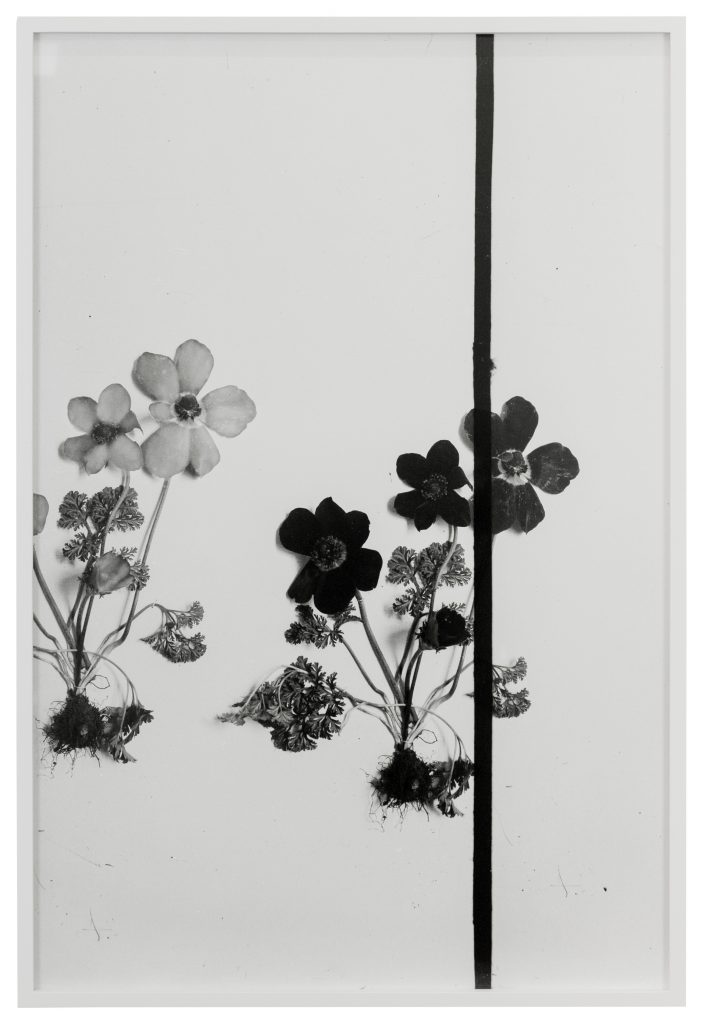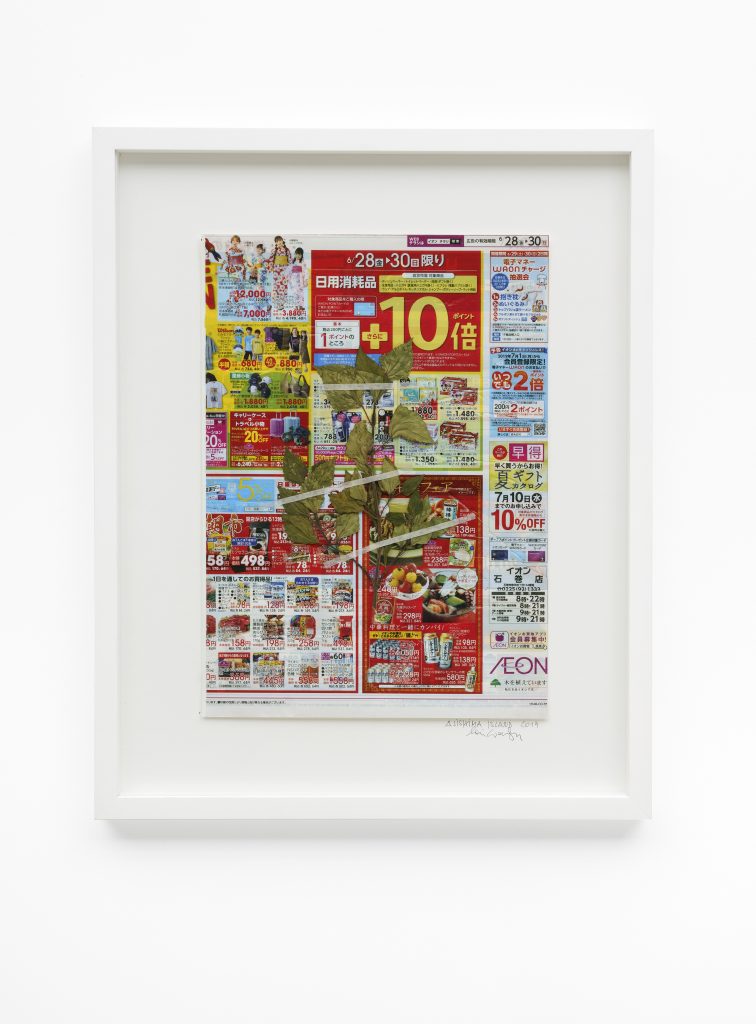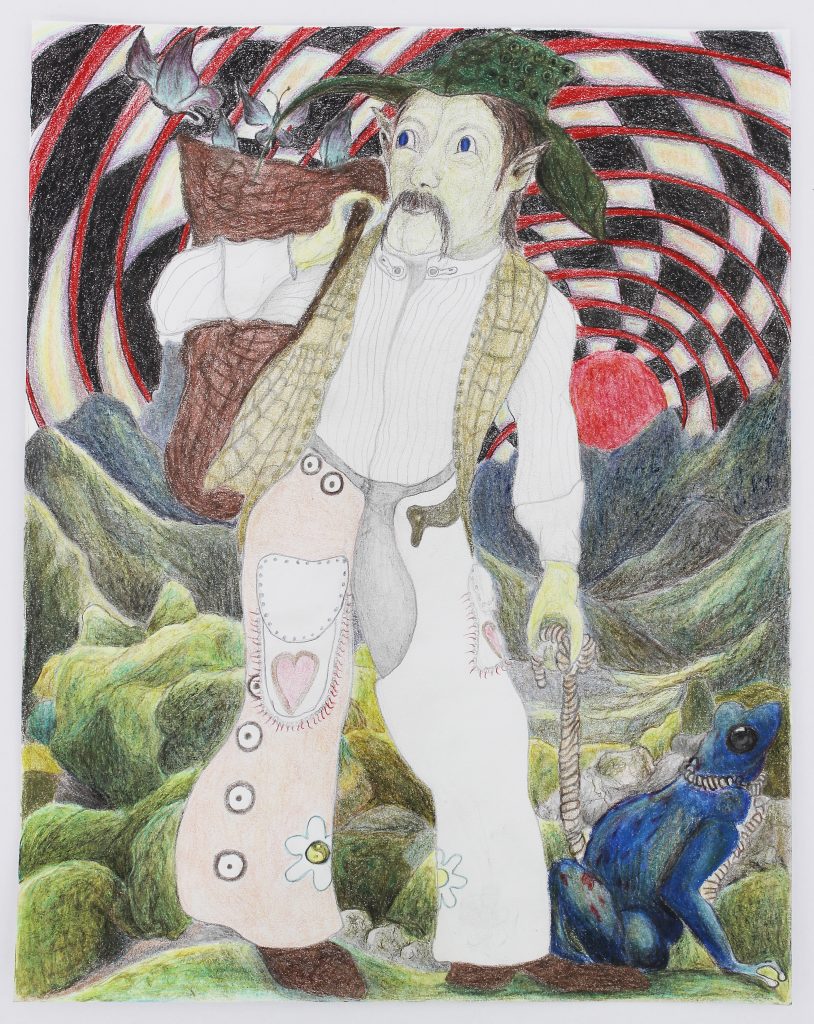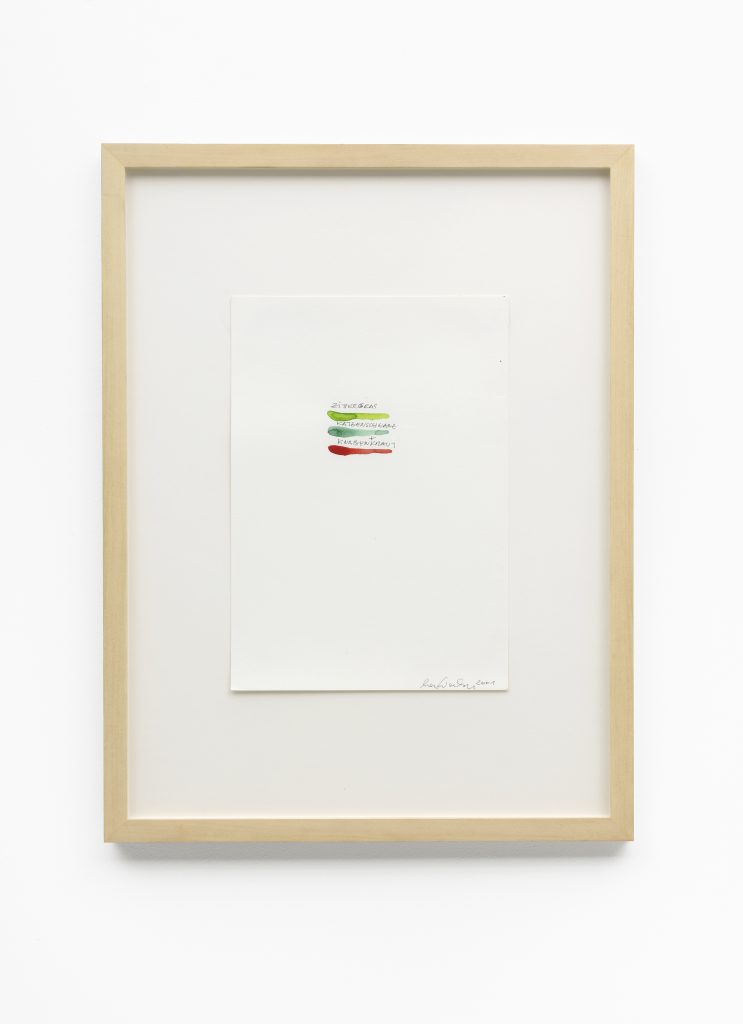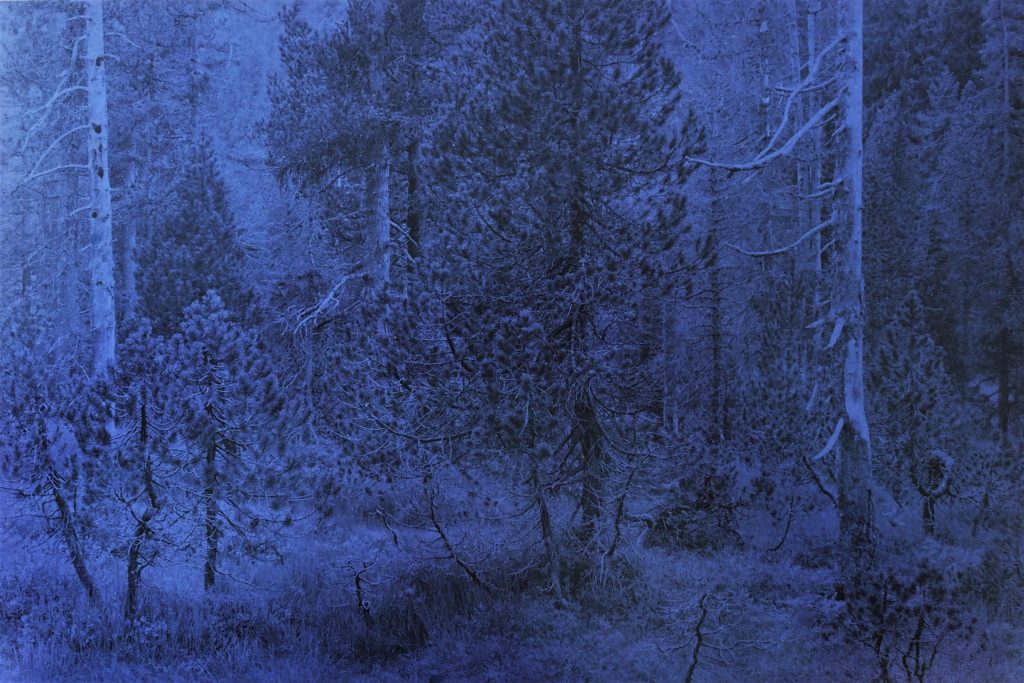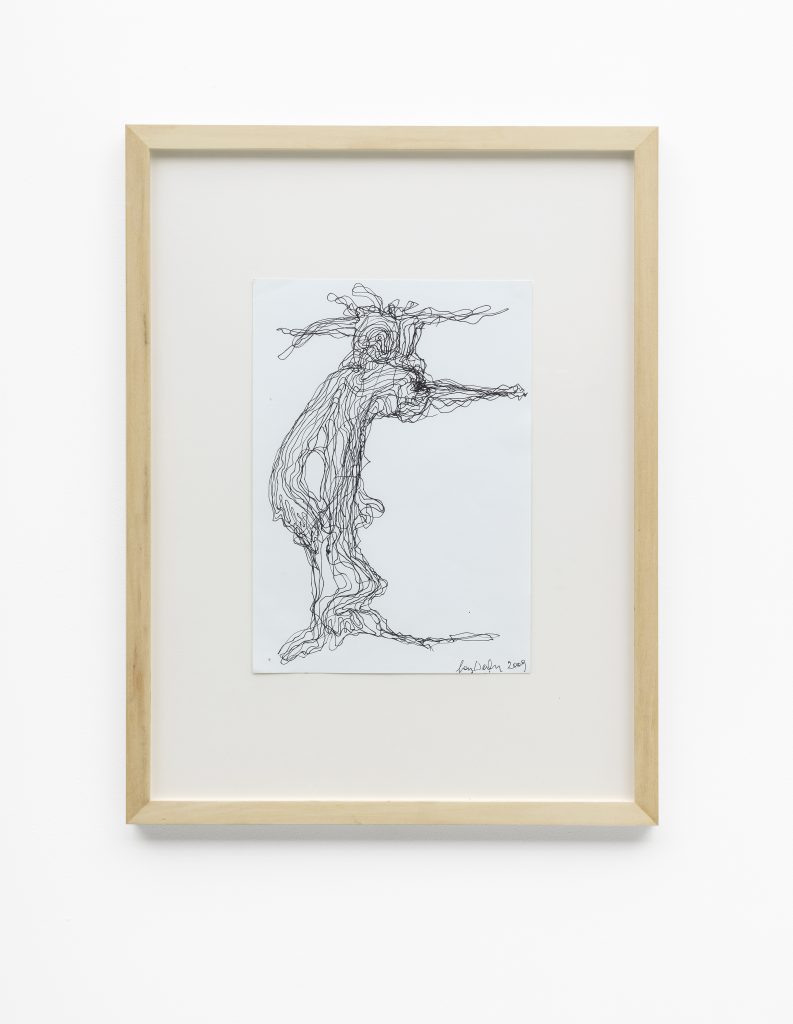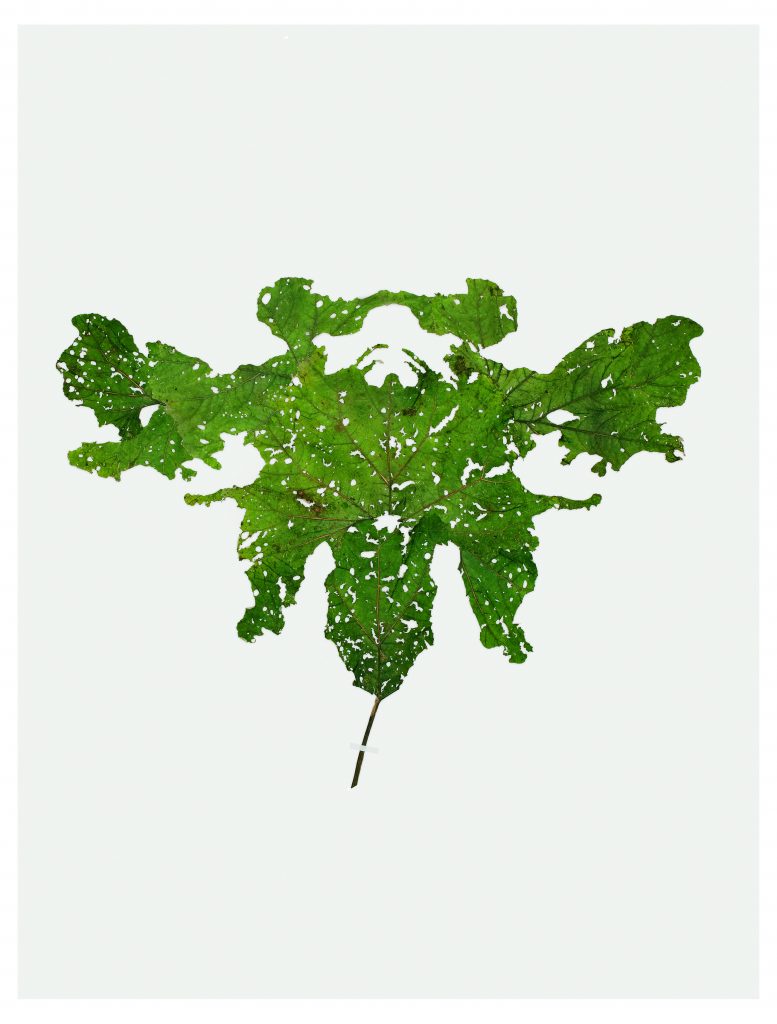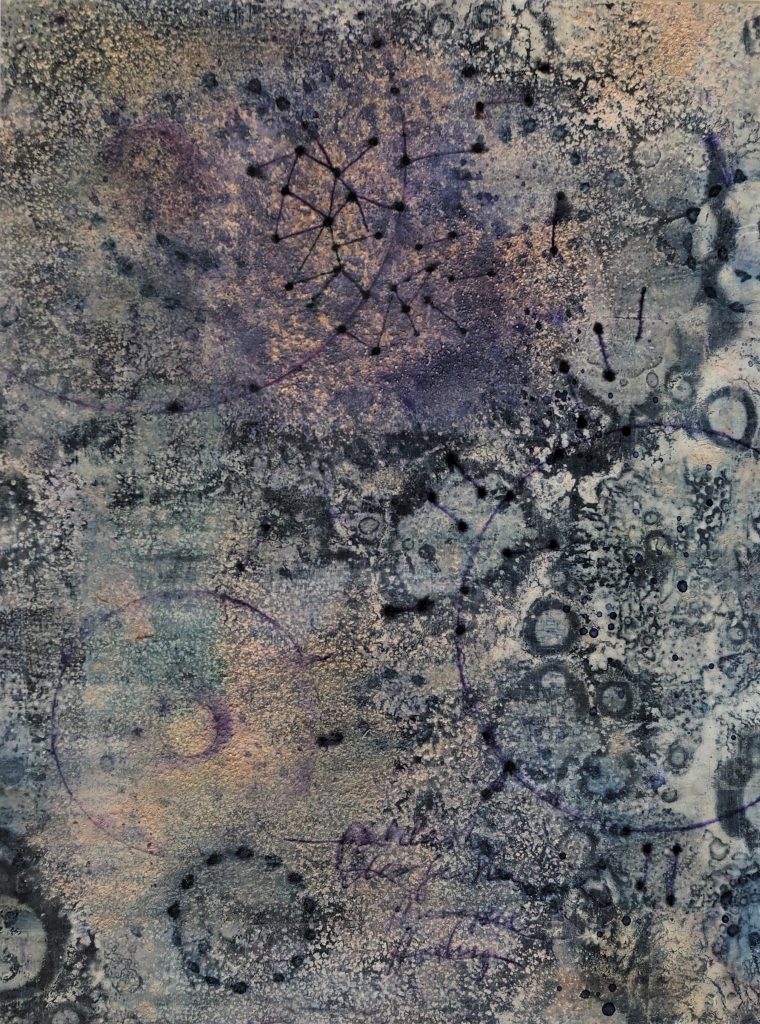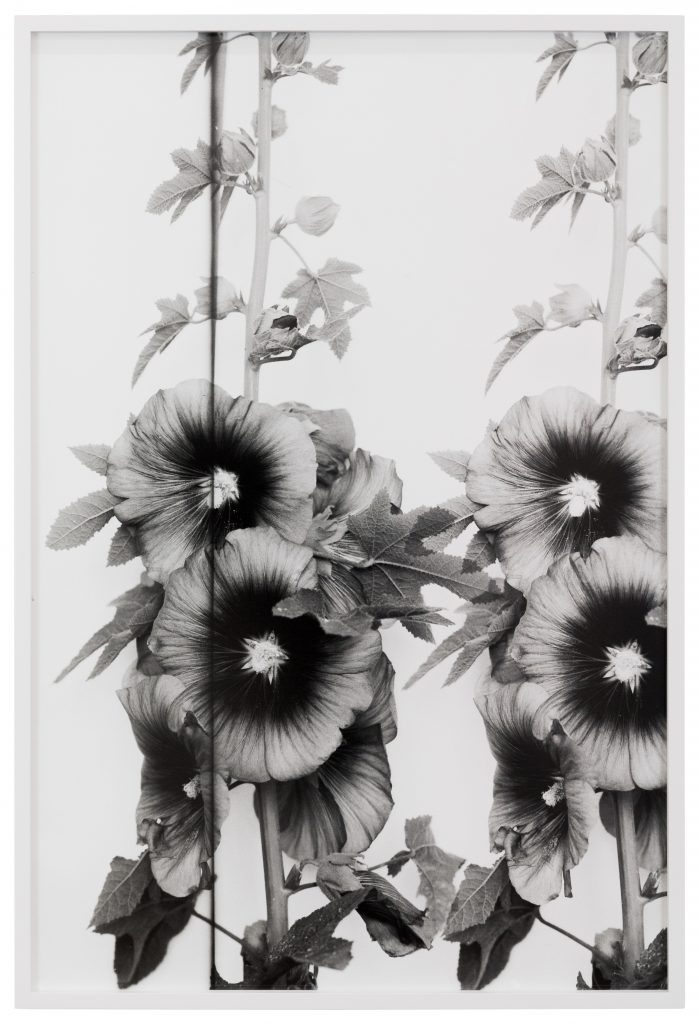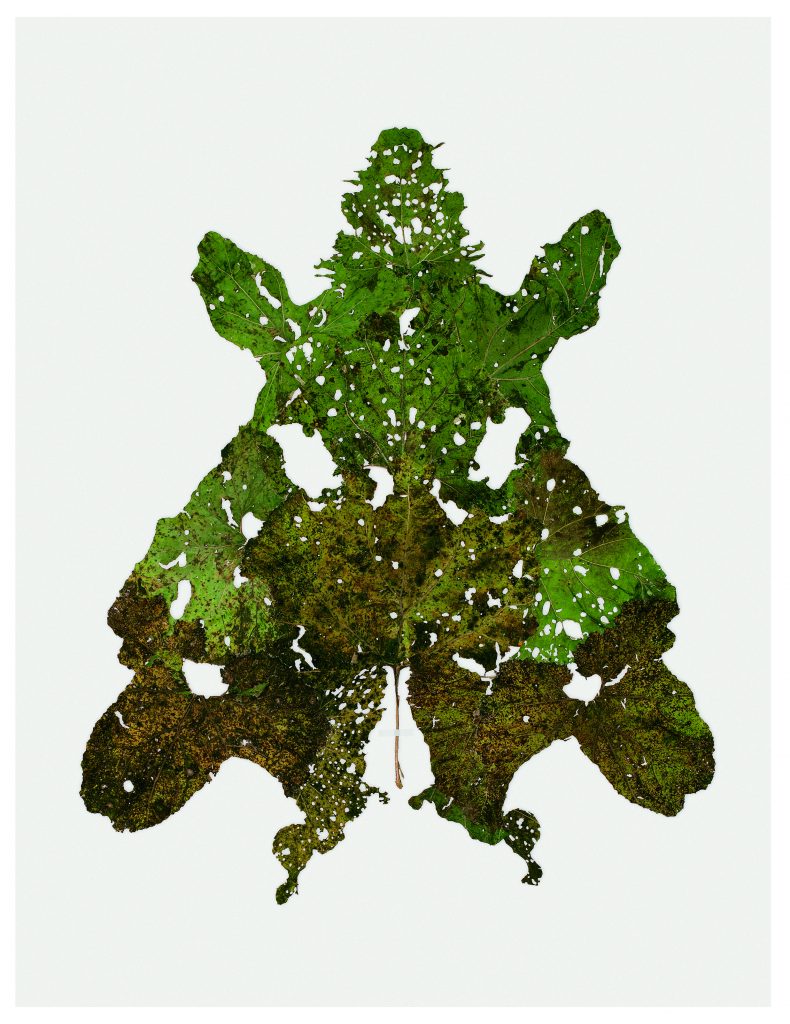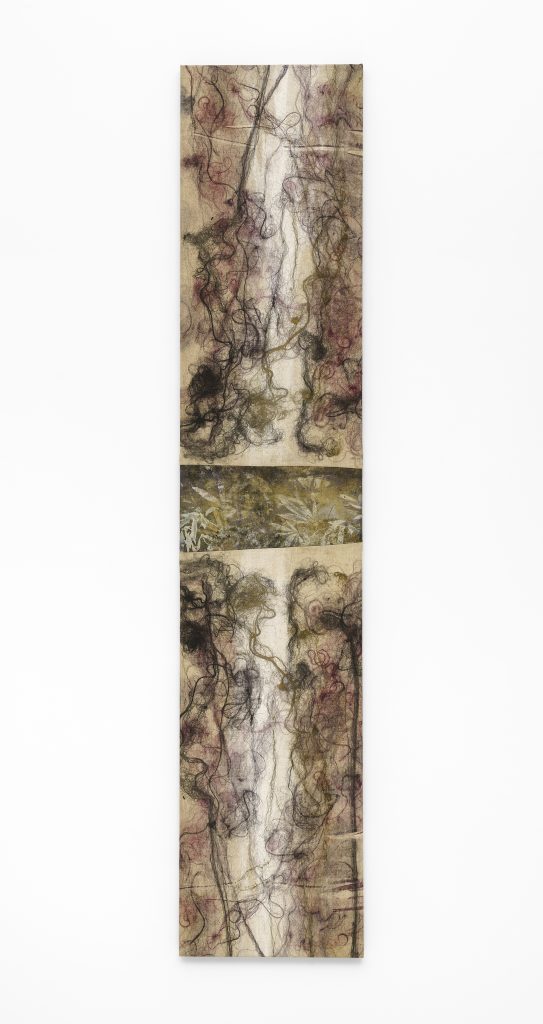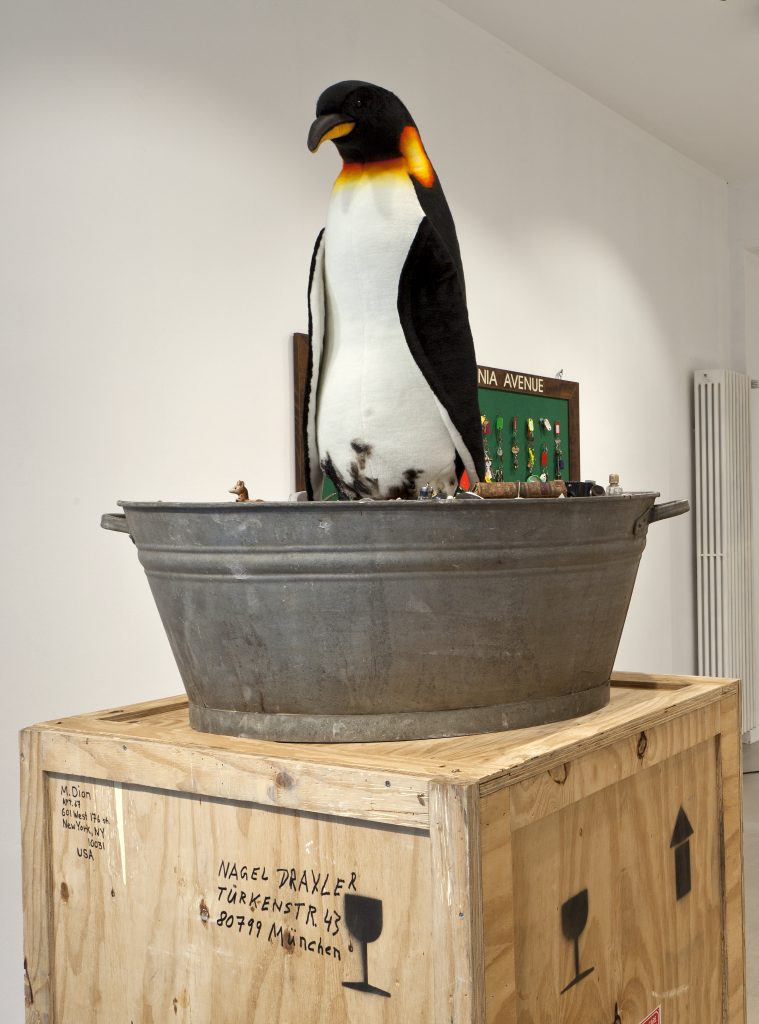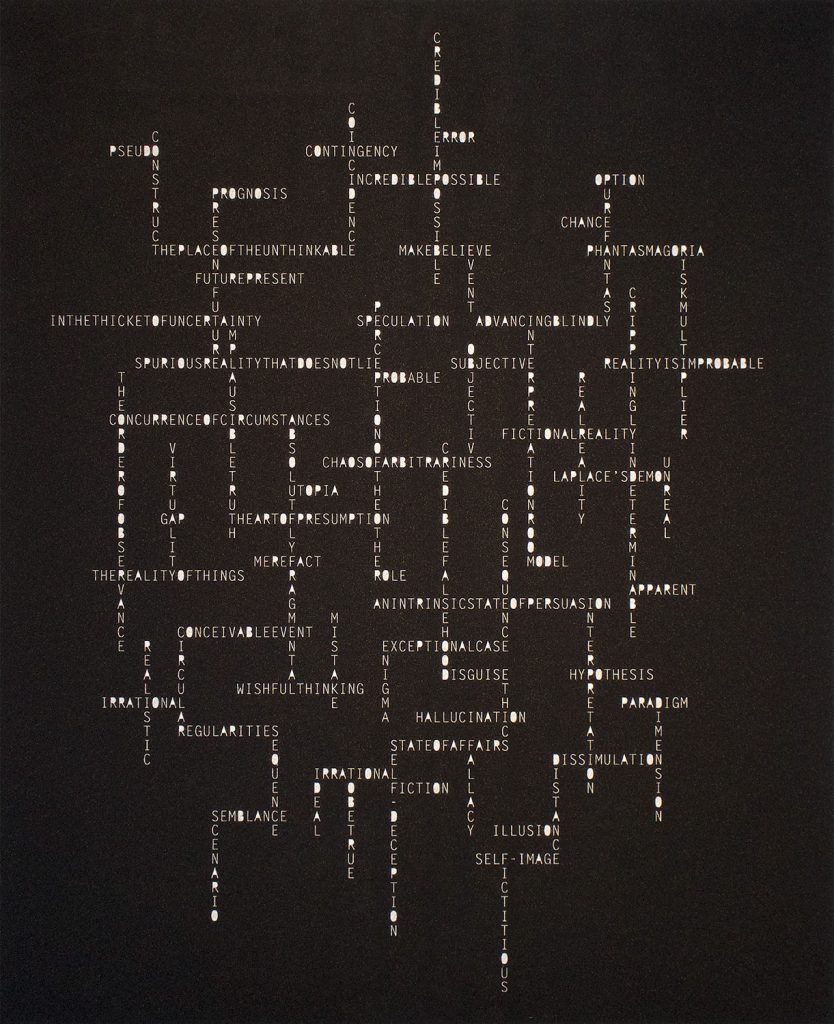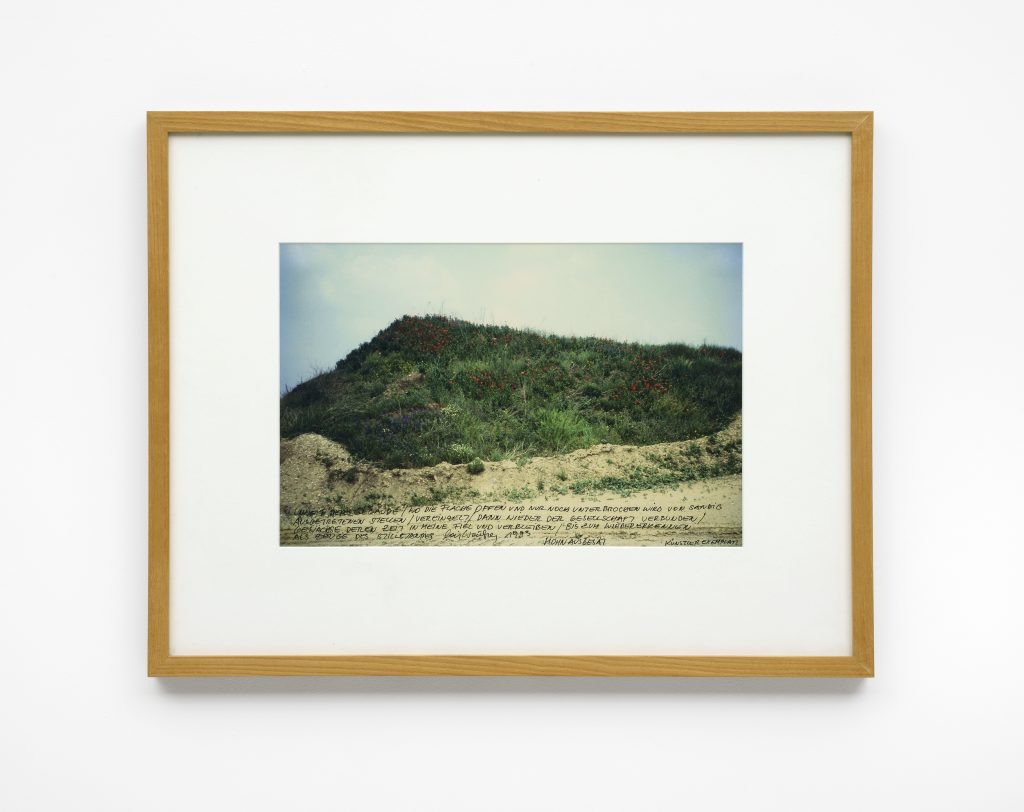SENSING NATURE
14 May 2021- 16 July 2021
Regula Dettwiler
Mark Dion
Sylvia Eckermann / Gerald Nestler
Michael Höpfner
Irene Grau
Bredford Kessler
Mathias Kessler
Raphael Lyon
Lisa Oppenheim
Travor Paglen
Chrysanne Stathacos
George Steinmann
Lois Weinberger
The exhibition Sensing Nature presents works by 14 international artists whose practice address the relationship between the individual, society, and the environment. The works shown stimulate new forms of appreciation around the complex topic of Nature as the origin, precondition, and result of human existence with artistic proposals that expand the intersection of sensual perception and artistic discourse.
In 1992, Agenda21 took place in Rio de Janeiro, intending to generate a sustainable plan for the 21st century. The Conference on Environment and Development stated that nature and the environment could not be considered nor tackled in isolation from social relations, cultural influences, and economic conditions. An idea also championed by the philosopher Felix Guattari in his 1989 essay Les Trois Ècologies. In the text, Guattari exposes the close interconnection of mental and social ecology with environmental ecology. The awareness of the interconnectedness of these three ecologies remains relevant and propels the work of many socio-politically thinking artists today. Since the twentieth century, artists have explored the complex relationship between man and nature with their work, often acting as catalysts and addressing all areas of our natural reality.
Natural Reality was the title of an exhibition curated by Heike Strelow for the Ludwig Forum in Aachen (1999); its title was based on Guattari’s philosophical outlook. Today, Sensing Nature takes up the fundamental concept of the three ecologies as the basis for its structural arrangement. For Sensing Nature, Mathias Kessler and Heike Strelow place Guattari’s extremely topical idea of the inseparable, interconnectedness, and interactions of man and nature at the center of their curatorial conundrum.
The exhibition inevitably addresses the concept of the Anthropocene. Since the beginning of this century, philosophers and artists alike have recognized this new age as the period during which humans became the most impactful force on the biological, geological, and atmospheric processes on earth. This awareness has catapulted the realization that change only lies in the hands of humans.
In the 1970s, Robert Smithson remarked that the concept of nature itself is “only another 18th and 19th-century fiction.” As tempting as it may be to categorize nature as an invention, the all-too-real consequences of climate collapse following human impact in the natural world start to feel uncomfortably close and real. One thing is certain, the relationship between humans and nature is incredibly complex and shouldn’t be broken down into simple binaries. Moreover, awareness of the current state of things requests immediate action. These crucial changes can only be orchestrated through an in-depth assessment of our current “natural reality.”
Sensing nature aims to explore this complexity, a process by which humans end and nature begins or vice versa, advocating that our relationship to nature starts with ourselves.
